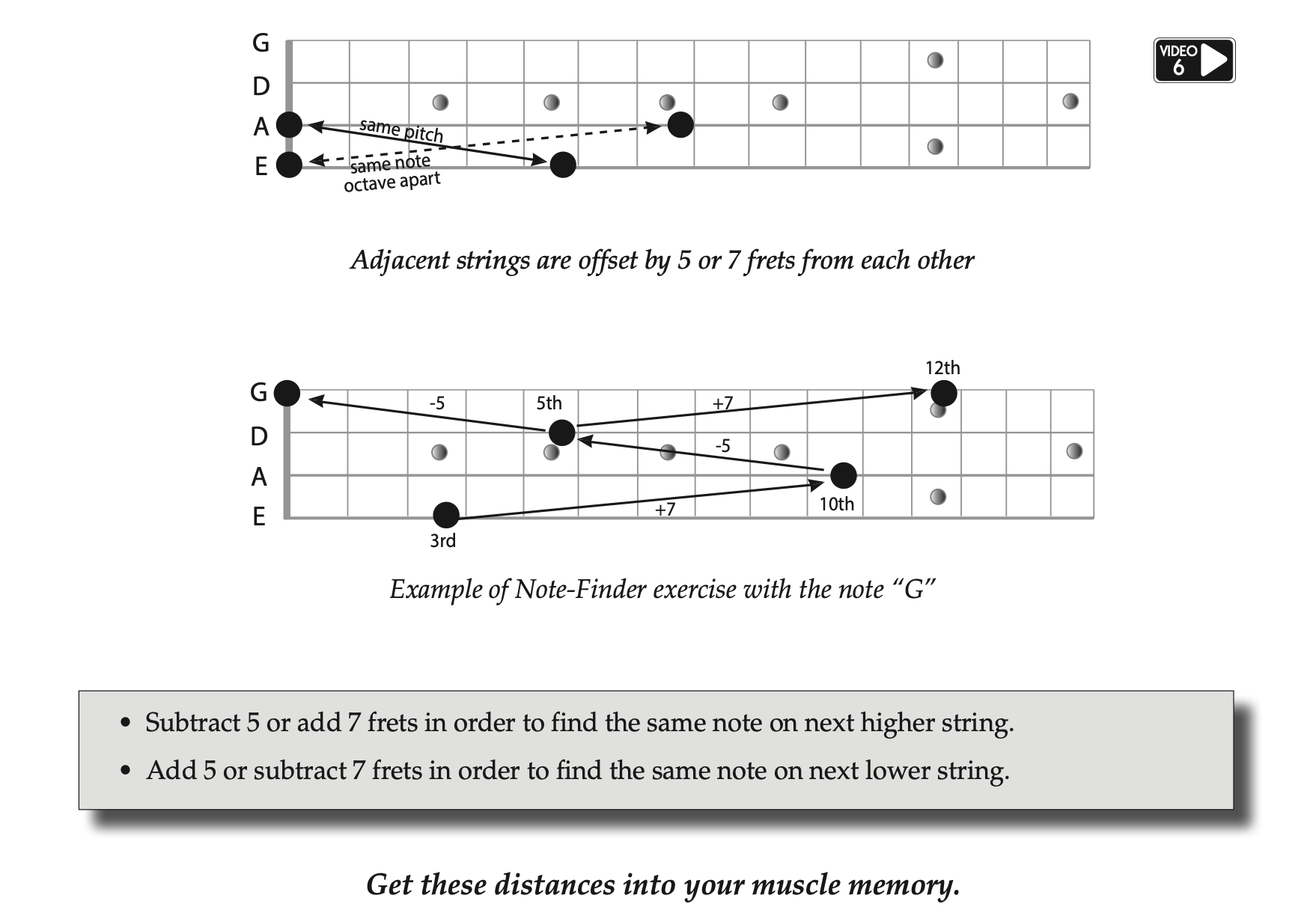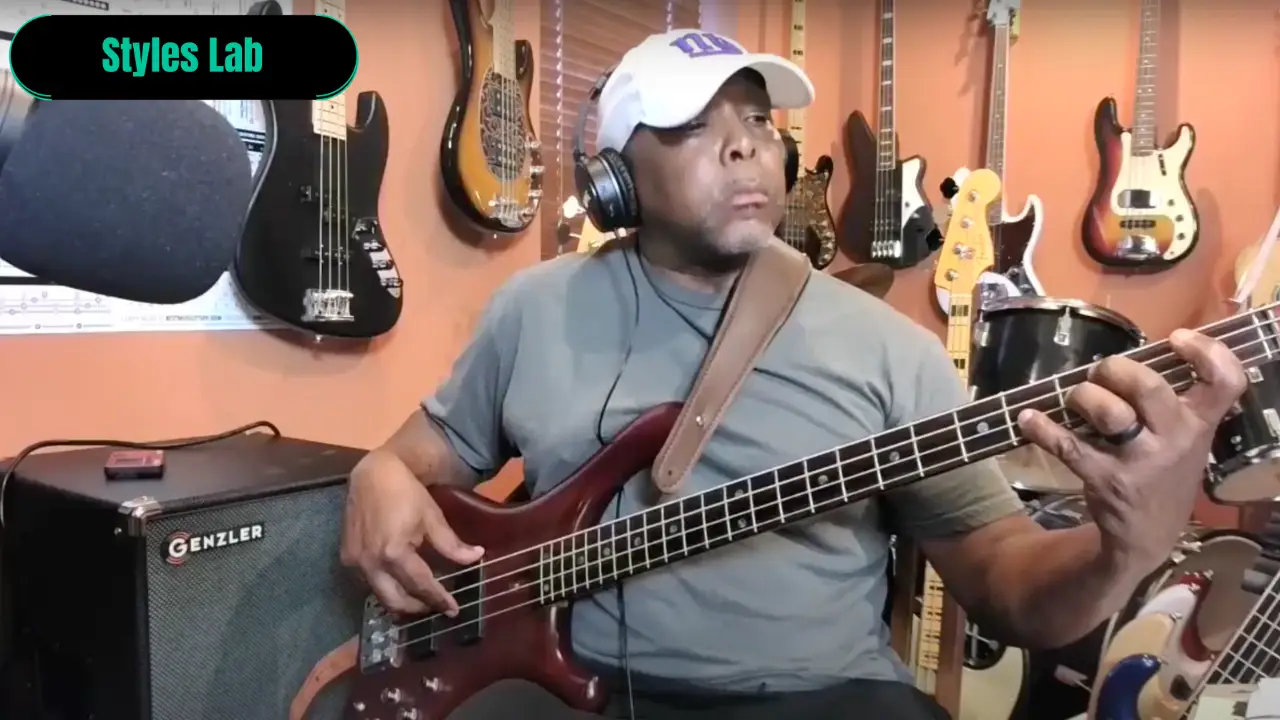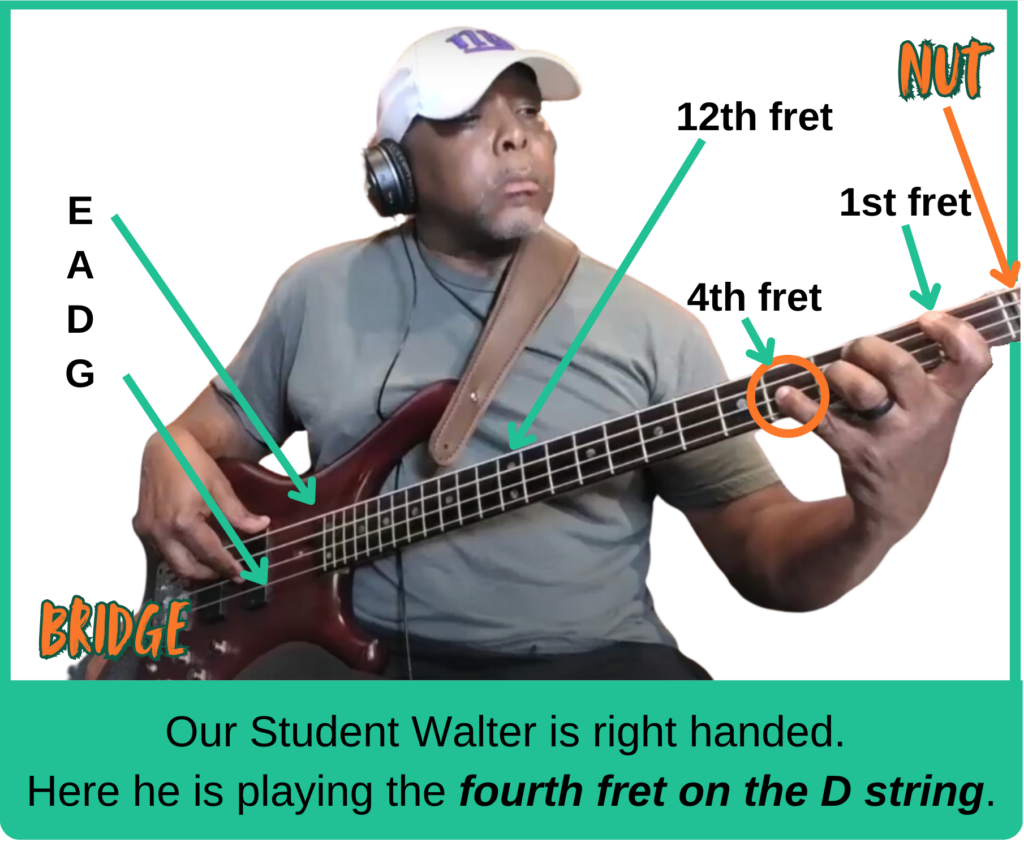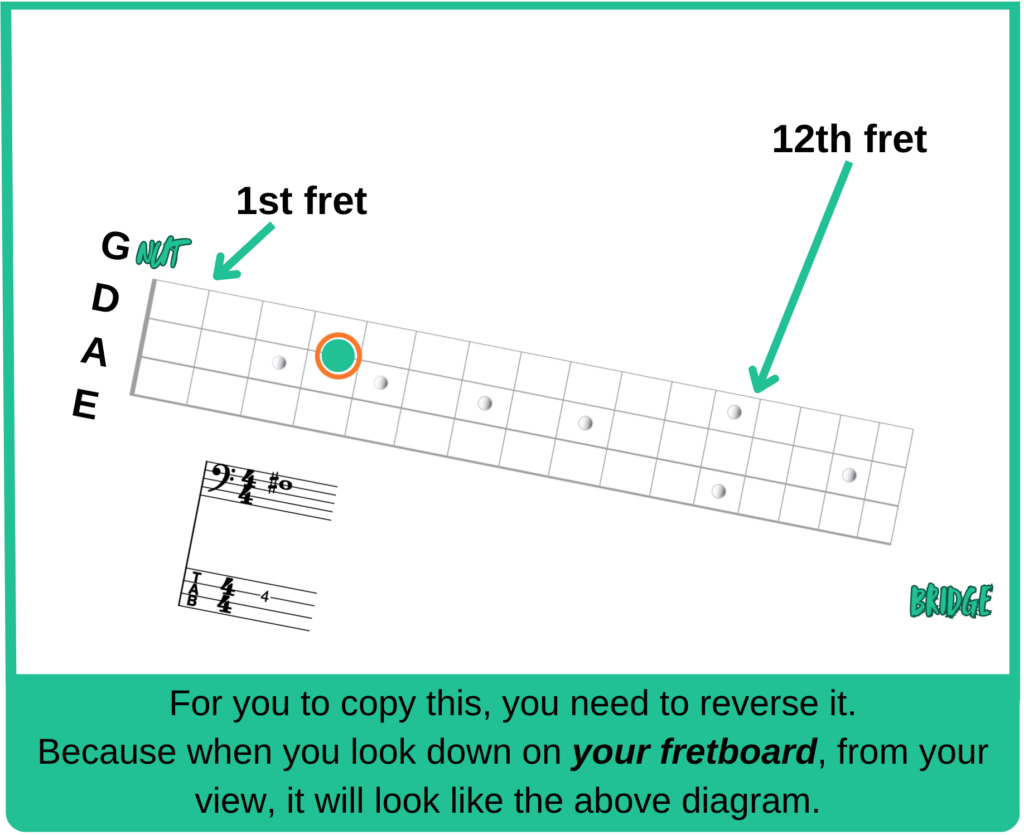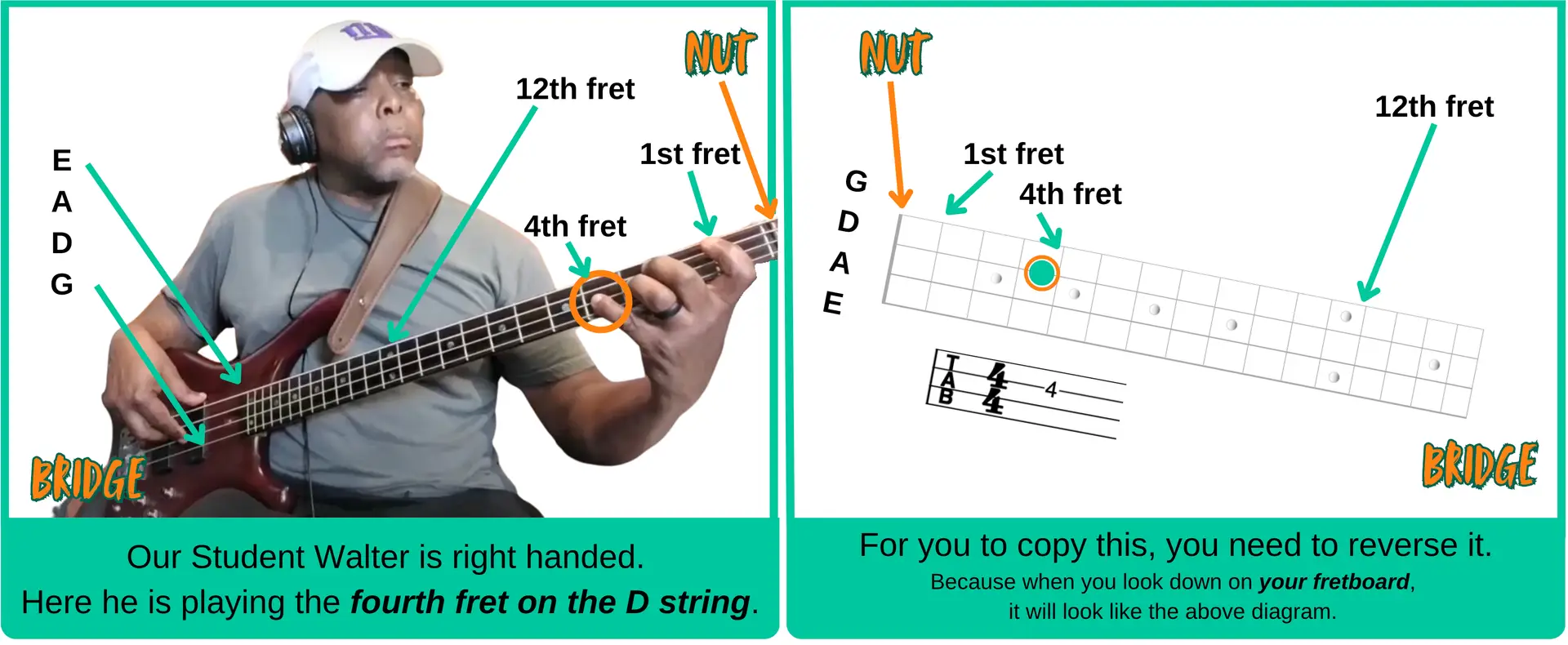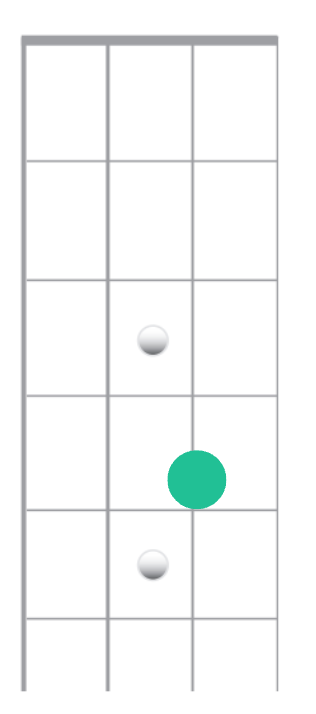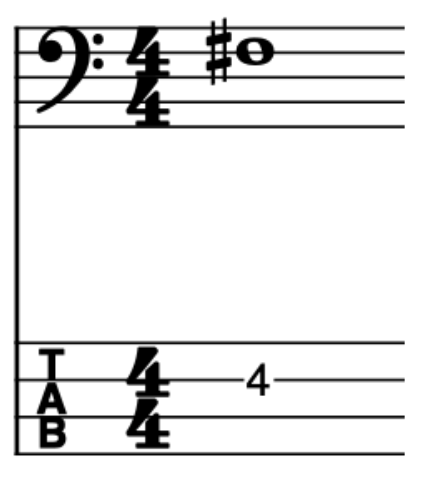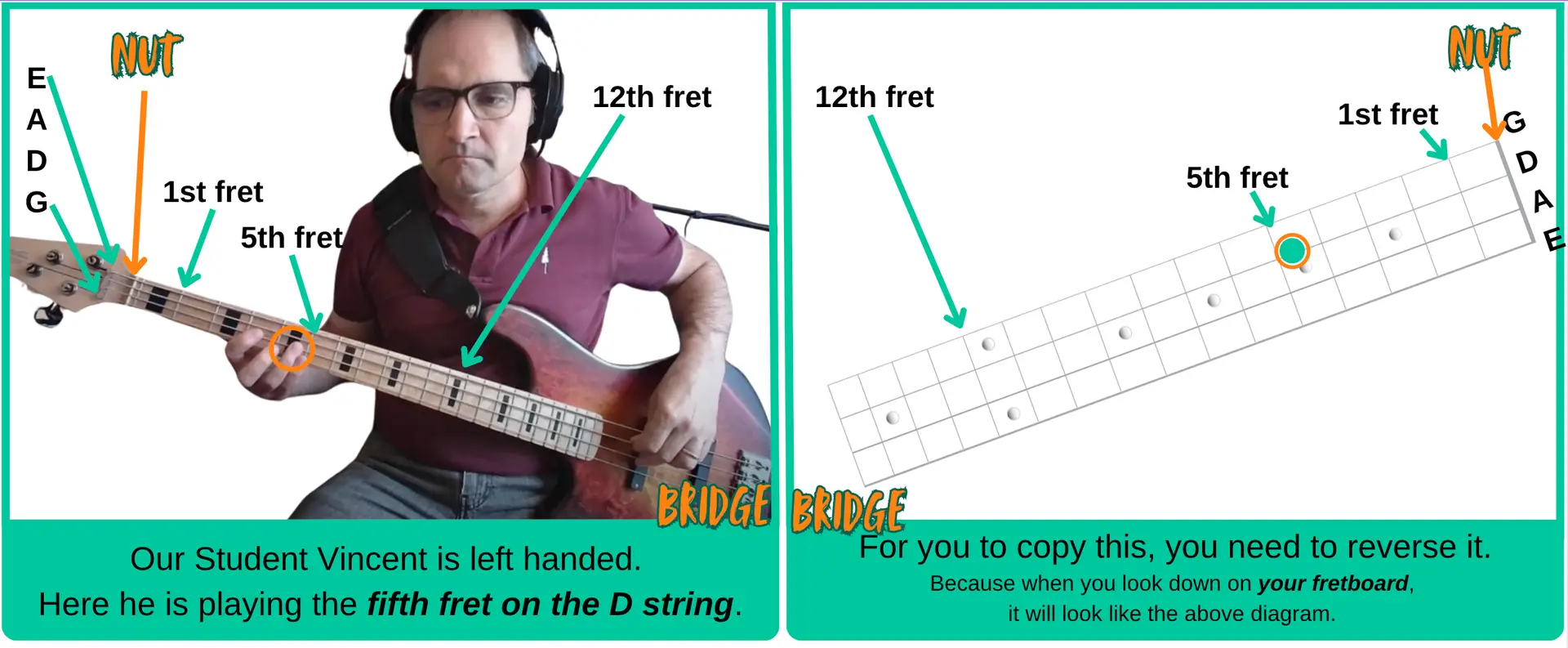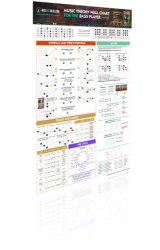Bass Guitar Theory
Struggling to create your own bass lines and grooves?
Thinking it’s time to go beyond TAB and imitating YouTubes and learn theory?
Excellent! So you look for resources and this is where it gets confusing:
Words like
- “scales” (🐠?)
- “keys” (🎹? 🔑? Key of a song?)
- “up/down” (↕️)
- “notes” and “pitches” (🎵)
- “Circle of Fifths” 🔄
- “theory” (but mixing it up with: pitch reading 🎼)
- “All Cows Eat Grass” (🐮) – and I really call 🐮💩 on that one!
- WWH WWWH – WHat?
are thrown about without a plan.
Or, worse, this one that will take you back to square one:
- “you don’t need theory. Just play what you feel.”
Here are several reasons why bassists are notorious to be confused about the bass guitar notes:
- They don't know how the bass fretboard works
- They have never been shown how music is put together.
- They start by learning scales before intervals.
- If they learn scales it's: WWH WWWH which works on one string but good luck on more than one
- Bassists who primarily play using TAB simply never learn the note names on the fretboard.
Can you relate?
Let me start by saying, it’s not your fault. I am writing this very blog post to assure you that it’s not you and there is nothing wrong with you.
You see, sometimes a little knowledge is a dangerous thing and many who have cracked open a theory book “think” they know and are quick with advice, using a lot of terms – as if that meant something – but only increase the confusion.
But it does not need to be this way.
Music Theory on the bass fretboard is actually quite accessible if you do the following things:
The better way!
- First order of business is to figure out how the fretboard actually works
- Then: intervals, the smallest building blocks of music! It's like a fun sudoku!
- Understanding: note names, sounds, effects of sounds. Why, what, where - not just because the TAB says so
- Supertip: Because the fretboard has a certain layout/logic, learn this through PATTERNS (not sheet music)
- THEORY FIRST, READING LATER. <<<- this is much easier!
- While you are at it, learn good fingering. And technique.
Then you got yourself a beautiful package that makes sense and really relates to the bass!
In very broad strokes that means...
- FRETBOARD (understand how the bass fretboard works!)
- THEORY (patterns on the fretboard!)
- FINGERING & TECHNIQUE (since you are learning all these shapes!)
- EARTRAINING (why those sounds? How do they relate to each other?)
- NOTE NAMING (every other instrument knows the note names. Why not, bassists? Stop it.
Why this is the best approach to Bass Theory
Most bass players who have been playing songs for a while begin to realize that there are sounds that tend to go with shapes on the fretboard. Certain songs seem to use these sounds/shapes over and over. Unfortunately, if people learn mostly through TAB without ever understanding how the fretboard works that can be quite elusive since their fingering may not reveal the shapes!
But more often than not there is a sense that recurring shapes and sounds are at play.
If such a player wants to learn theory and finds a traditional or classical theory book they are often asked to forget everything they know just to start with reading dots on lines. This approach asks them to forget everything they know and start from scratch. It’s frustrating and counterintuitive.
To me this is such a lost opportunity because if I just show you how the fretboard works, how intervals work, and how these shapes you have been playing for years are nothing but common theory concepts that follow certain rules – you will fly! It’s empowering because you realize how much you already know rather than being forced to start from scratch.
Below you can learn a bit more about my approach to theory. But whatever you do, I want to encourage you to learn bass theory. A world of opportunities will open up once you see how theory on the fretboard, taught through shapes, is accessible and actually makes sense. Then all the above terms will no longer throw you. And most importantly, you can create your own grooves, fills and improvisations.
Speaking of which, the best way to remember a theory concept is to improvise with it.


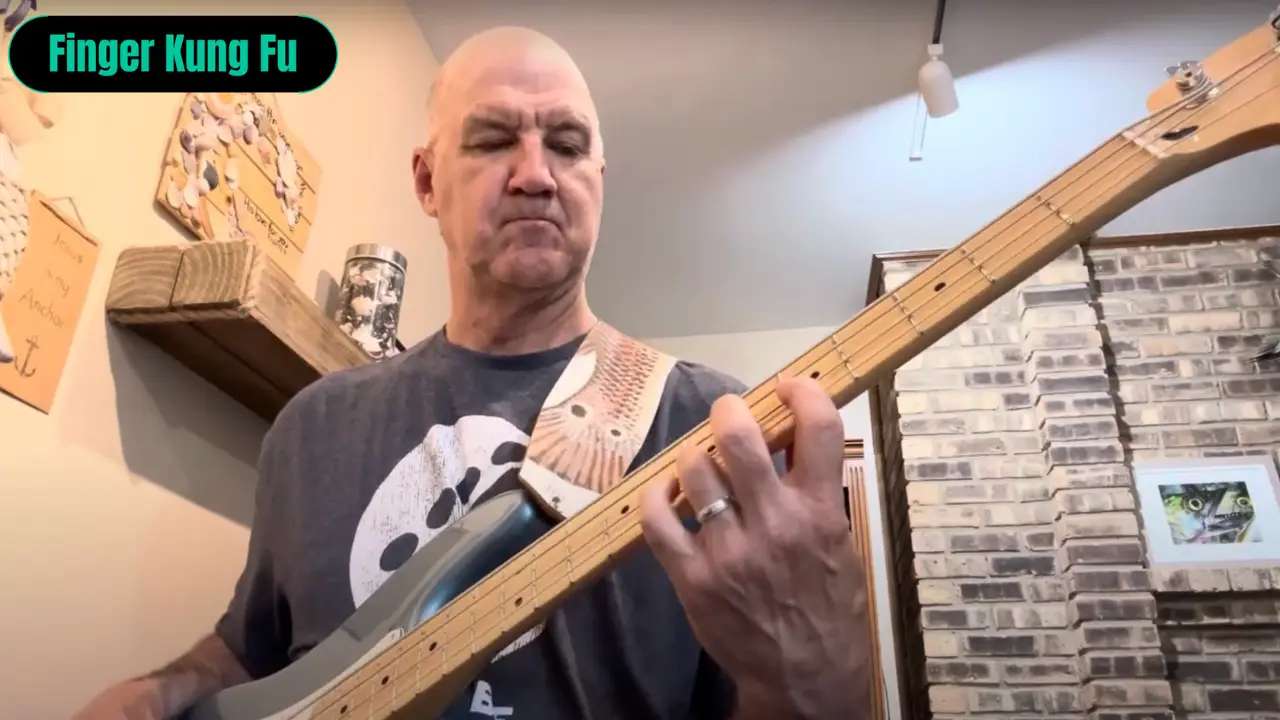
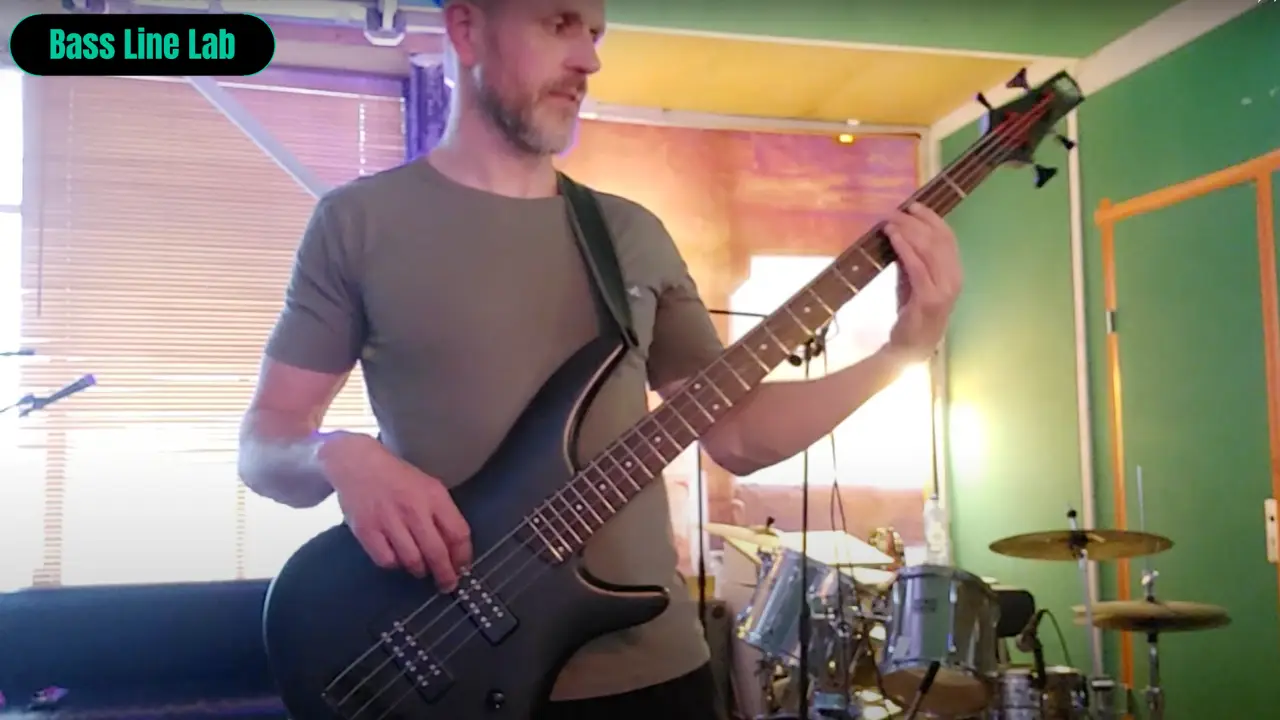

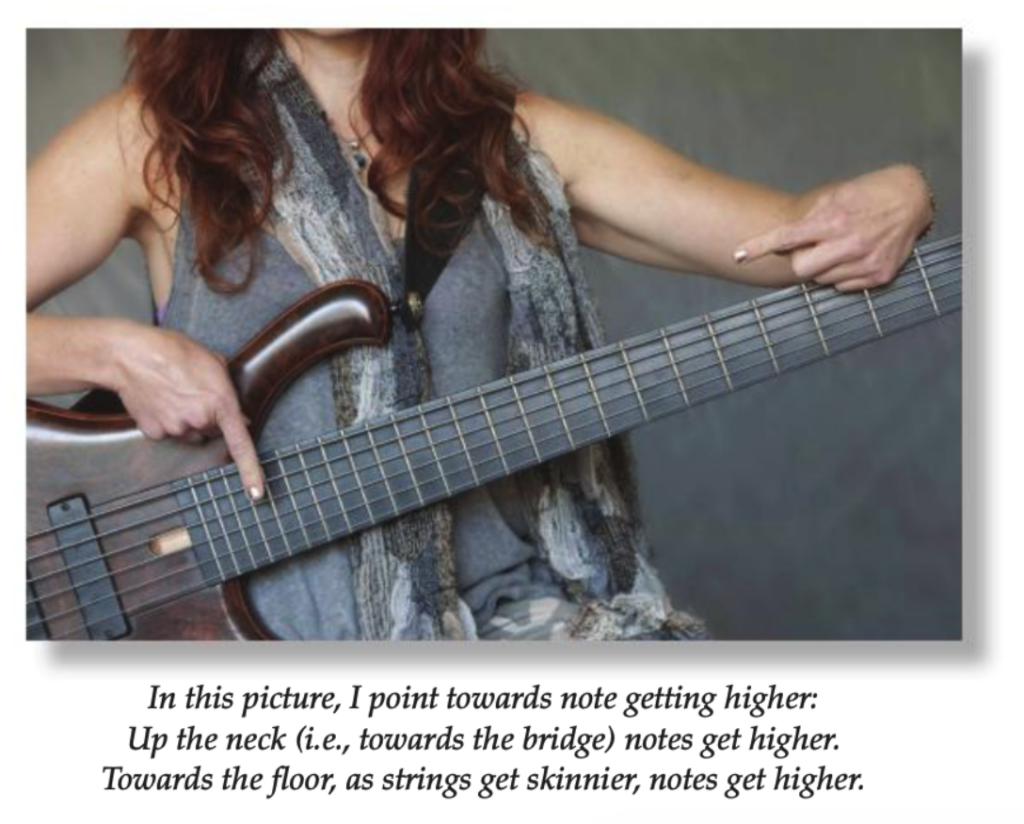
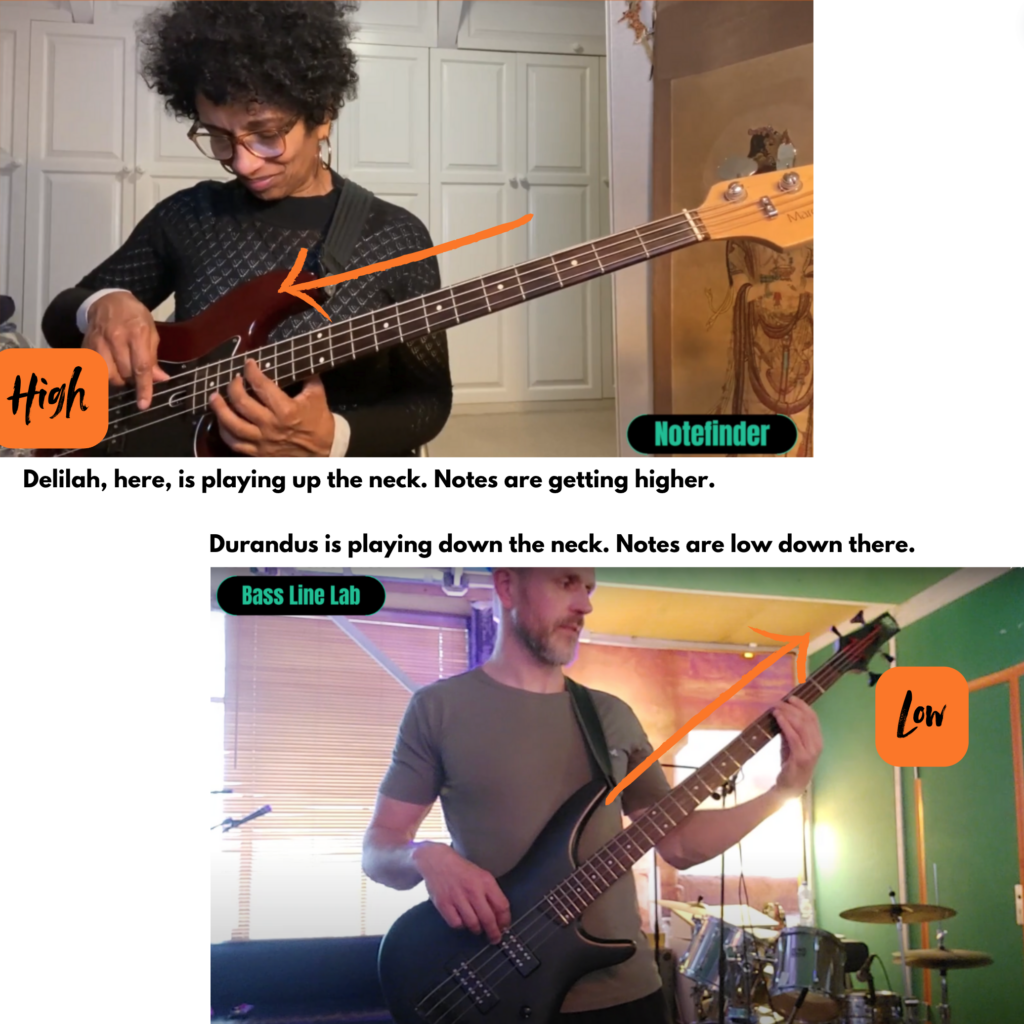








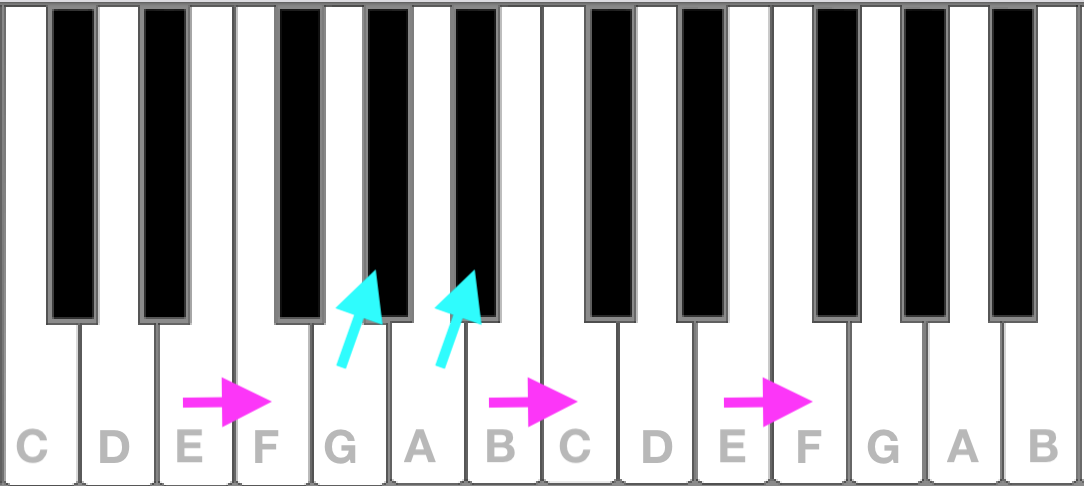
 And whether the half step is between “white and white key” (pink) or “white and black key” (turquoise) – well, on the bass the shift just looks the same!
And whether the half step is between “white and white key” (pink) or “white and black key” (turquoise) – well, on the bass the shift just looks the same!


